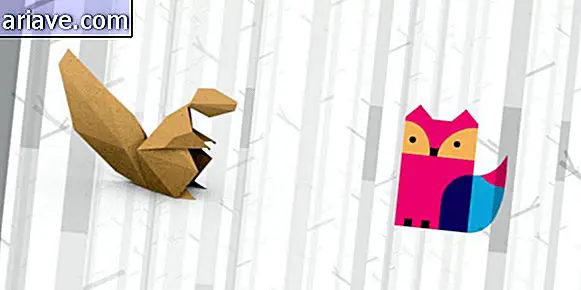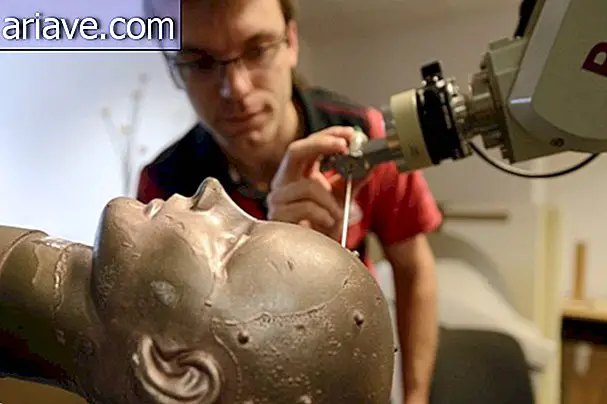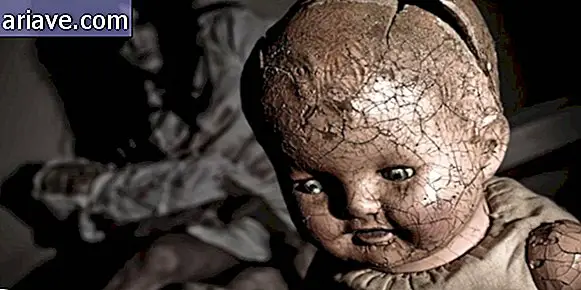Cemetery discovered in the middle of desert was full of natural mummies
Cemeteries generate the most varied reactions, depending on one's belief. While they can be considered macabre, with imprisoned spirits and souls in agony, they also have an aura of liberation and tranquility, with their usual silence being a refuge in the midst of a life of stress and agitation.
Regardless of the vision, the place is the scene of religious practices, which show the respect and consideration of family members for the loved one who died. During the thousands of years of human civilization, each culture has developed ways of dealing with the issue, reflecting on how the dead are treated. It is unknown which people are responsible for the tombs of Xiahoe, but their procedures eventually mummified the corpses so that even the eyebrows were preserved even 4, 000 years after death.
Tombs of Xiahoe
Perched on a sand dune in the Taklamakan Desert within Chinese territory is a graveyard demarcated by wooden posts that has survived centuries of extreme weather.
This same adversity, always with a low humidity of the air, made the preservation of the bodies occur extremely efficiently, to the point that it is possible to identify the contours of the face of some people. Because of this, one of these corpses was dubbed “Bela do Xiahoe, ” because one of the mummies was that of a beautiful woman, from which even the lashes survived time.

The place was discovered in the early 20th century by a local resident named Ördek. The Uighur came across the plethora of wooden posts, along with human bones and religious objects, which made him believe that the place was haunted, so he stayed away from the region. Decades after the discovery, a Swedish archaeologist was on an expedition around the area looking for ruins related to the Silk Road when he was told to speak with Ördek.

The local resident was receptive and advised him on how to get to the cemetery, but refused to accompany the explorer, who eventually came across the wooden posts and named him Ördek Necropolis. Bergman excavated the area and found an enormous amount of material, even writing a book about his finding.
What most caught the archaeologist's attention was the way the bodies were buried, always below wooden objects that resembled overturned boats. After this placement, the hull was covered with leather and buried in the sand, along with straw baskets containing wheat and other food grains. The whole area had oar-shaped monuments and wooden human figures.
Chinese resumption

Until the early 21st century, the cemetery was forgotten; The situation changed when Chinese archaeologists decided to conduct an expedition to the site without limiting themselves to the surface layers. They searched for new mummies at lower levels, and there they found more bodies and objects, such as sculpted animals, small masks and carvings of male and female genitals, all made of wood.
After this new discovery, the archaeological site was renamed the Xiaohe Tombs, honoring a river that crossed the region, but archaeologists still prefer to call the site Small River Cemetery No. 5.

Apart from all the objects found, one of the most interesting points is that the mummies have strong European features such as brown hair and long noses, even though the tombs are located in Chinese territory. Genetic analysis found that the people buried there actually had European origins, probably the result of a European-Siberian marriage 4, 000 years ago, before breaking into the desert.
The region was already very arid by the time the immigrants arrived, but their survival was possible only during the period when the nearby lakes and rivers existed, a situation that ended in 400 AD.
***
Do you know the Mega Curioso newsletter? Weekly, we produce exclusive content for lovers of the biggest curiosities and bizarres of this big world! Register your email and do not miss this way to keep in touch!











